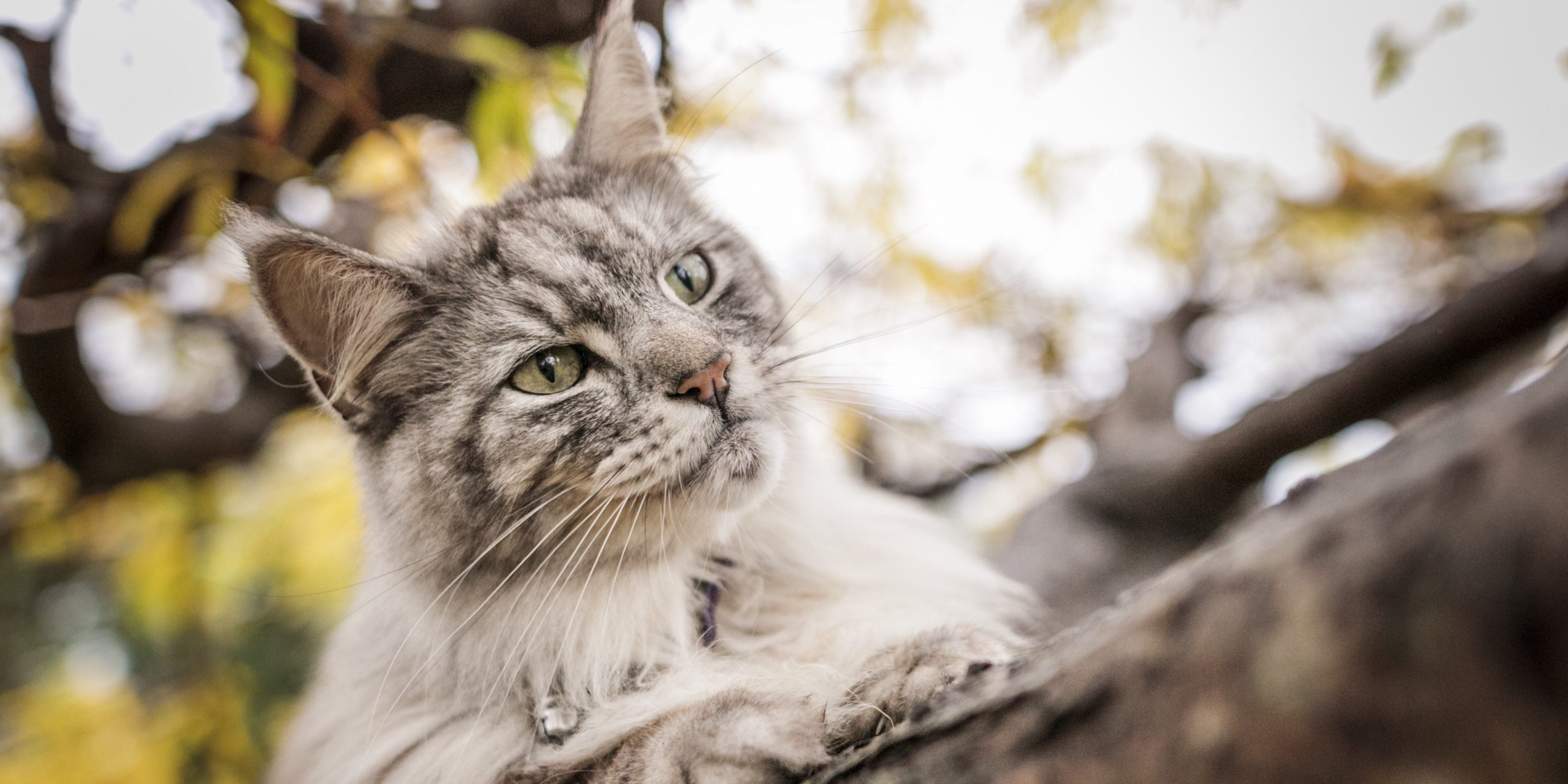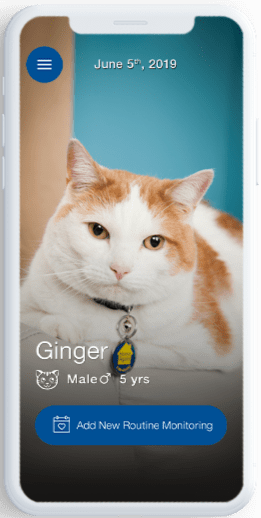
Monitoring
Your veterinarian may ask you to track signs of diabetes
This gives an indication of how your cat is doing. A cat that is doing well should have few or no signs of diabetes and should drink the same amount of water as a non-diabetic cat on a similar diet. Based on the results that you have recorded your veterinarian might decide to investigate further and adjust your cat’s insulin dose.
Do not increase the dose of insulin without first consulting your veterinarian.
Monitoring your cat’s progress is important to managing diabetes.
Depending on the signs your cat is showing, you might record
You might also consider weighing your cat once a week or a few times a month.
Signs
There are several signs of diabetes that are useful in monitoring your cat’s progress and easy to record
- Measuring water intake is a simple and easy way to assess how blood glucose changes during insulin treatment – diabetic cats drink less when their blood glucose is below the “glucose threshold” of the kidneys
- It is also possible to count the number of times your cat urinates by counting the clumps of litter in the litterbox or weighing the (clumps of) cat litter you remove from the litterbox daily
- A connected pet door can help you stay informed about how often your cat goes out and for how long
- A connected feeder can help you stay informed about when and how much your cat is eating
- A connected hydration station can help you stay informed about when and how much your cat is drinking
- Other signs, such as appetite, weight, body condition and attitude – which signal how happy your cat is – are important in monitoring the health and well-being of your diabetic cat
Urine Glucose and Ketones
Measuring glucose and ketones (which are produced when the body burns fat for energy instead of glucose) in your cat’s urine can be used to help assess your cat’s progress. In addition to urine dipsticks, there may also be products available to sprinkle on cat litter to detect changes in urine glucose.
Learn More About Measuring Glucose & Ketones
Glucose
Glucose (in blood or interstitial fluid) can be measured to assess the effects of an insulin dose or doses. This can be done using a continuous glucose monitor (a small monitor implanted under the skin for up to 2 weeks) or by measuring glucose several times a day using a handheld glucometer, which only needs a drop of blood.
Learn More About Measuring Blood Glucose
It may be necessary for your veterinarian to hospitalize your cat for further investigation and treatment, particularly if the signs of diabetes are not improving or are worsening. This is not limited to the time of diagnosis and can occur at any point during the life of a diabetic. Consult your veterinary team if your cat experiences a recurrence of diabetes signs or significant changes in weight (loss or gain) or you are worried at any time during treatment.

Download the Mobile App Today
The free Pet Diabetes Tracker mobile app can be used by dog owners to record thirst, hunger, activity and the results of further tests like blood and urine glucose. Results (including blood glucose data and curves) can be sent as a pdf report to you and your team





